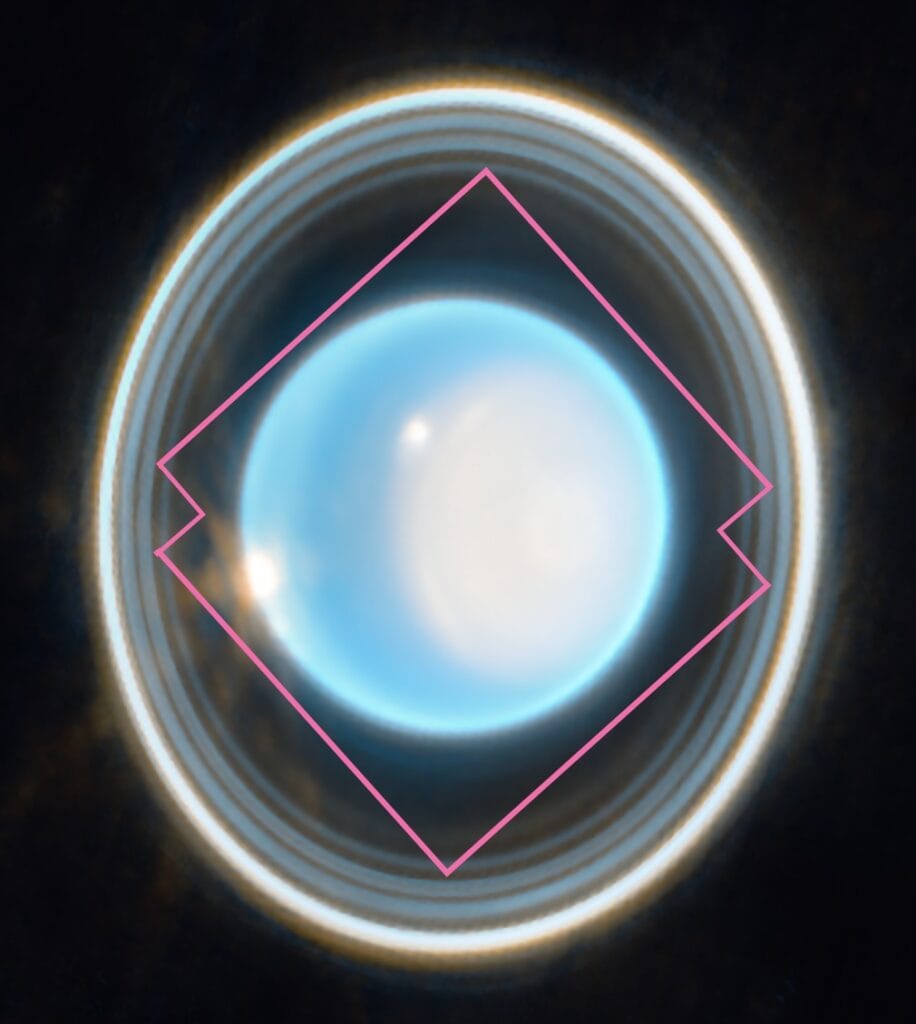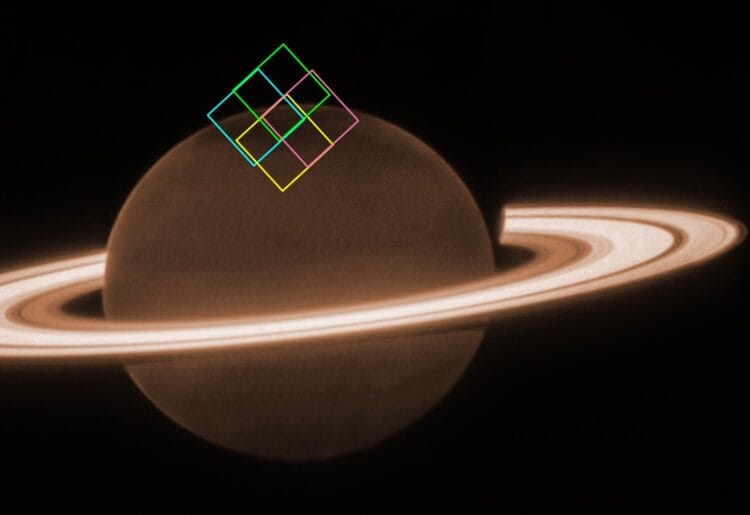MOST people, when they want to look at the Northern Lights, wrap up warm and head to a Nordic country. But not Dr James O’Donoghue … he’s heading into outer space.
The University of Reading astronomer is preparing to use earth’s most powerful telescope to investigate Saturn’s very own auroral emissions.
And he’s not done there.
With his research team and in partnership with the University of Leicester, Dr O’Donoghue will use his observation time with the James Webb Space Telescope (JWST) to probe Uranus.
Both planets have their own northern lights caused by highly energetic charged particles, which are funnelled down and collide with a planet’s atmosphere via magnetic field lines.
Dr O’Donoghue had been approved by the Space Telescope Science Institute (STScI) – his projects were among 1,931 submissions for the James Webb Space Telescope (JWST) Cycle 3 General Observer Programme.
He said: “This is an extremely rare opportunity to use the most powerful and most complex telescope ever launched into space.
“We will be investigating Saturn’s own version of the northern lights, which seem to be caused by winds that flow in what looks like a figure-of-eight. We don’t know what is causing these winds, but we suspect hot spots in the upper atmosphere might be behind them.
“We will use the James Webb Space Telescope to map the temperatures across Saturn’s northern lights and figure out how the weather is creating this spectacular light show.”

The team will be led by Dr Henrik Melin from the University of Leicester School of Physics and Astronomy.
The first project will use the JWST to observe the aurora of Uranus, of which very little is known. The conduit of the auroral currents is the magnetic field, which at Uranus is full of strange complexity.
The project will capture images for a single Uranian day, or one full rotation of the planet, in the early months of next year.
This way, the team will be able to map the auroral emissions across a whole rotation of Uranus’s magnetic field to answer their key question: are the emissions produced via the interaction with the solar wind (like the Earth), or are there internal sources within the system (like Jupiter), or somewhere in-between (like Saturn)?
For the second project, Professor Luke Moore at the Boston University Center for Space Physics will lead astronomers as they observe Saturn’s northern auroral region through an entire Saturnian day, 10.6 hours in length, to observe the changing temperature of this region as the planet rotates.
In revealing the atmospheric auroral energies for the first time we can hunt for a source of Saturn’s atmospherically driven aurora, and thus contextualise this new process more widely, allowing us to understand whether the process is important at Earth, other planets in the solar system, and within astrophysical objects across the universe.
Both projects will use the JWST NIRSpec instrument.
Dr Melin said: “JWST is already changing how we perceive the Universe, from the Solar System, our very own cosmic backyard, to the first galaxies formed at the beginning of time.
“I am thrilled to have been awarded time on this remarkable observatory, and this data will fundamentally shape our understanding of both Saturn and Uranus.”























